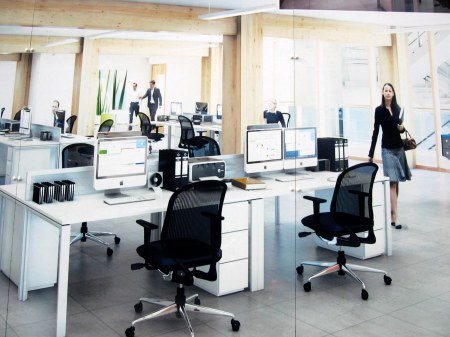There was a well-read article published in Wednesday’s Guardian asking ‘Why doesn’t Britain make things anymore?’. It’s an interesting attempt at explaining Britain’s de-industrialisation since the 1970s.
The celebration of Richard Florida’s ‘creative class’ comes in for a bashing, with Florida’s influential ideas seen as contributing to the decline of manufacturing. If post-industrial cities and regions can only succeed by nurturing and attracting a group of ‘super-creatives’ then older industries that ‘make stuff’ are side-lined in favour of a new type of ‘knowledge economy’.
While Florida’s idea of creativity is so broad to include occupations like IT support staff, it is also narrowly conceived to exclude occupations like factory workers where people physically ‘make stuff’. From the article:
what really stuck out was how Florida fenced off creative work. You were either a knowledge worker or a factory worker – as if the other stuff didn’t require brains. And running through a lot of the knowledge-economy talk was a carelessness, bordering on contempt, for what people did.
If ‘making stuff’ has had its day in Britain then ‘creativity’ becomes not about ‘making’ thing, but about branding, marketing, conceptualising, and designing objects that are then manufactured in China.
There’s something unsettling about this celebration of ‘white collar creativity’ while at the same time skilled craftspeople and factory-workers are laid off and manufacturing industries move offshore.
The new creatives appropriation of old factory buildings appears to almost spite the declining industries. Embracing a post-industrial grittiness, graphic design firms and marketing agencies fill these buildings with the white noise of macbooks and clicking mice, replacing the polishing, sanding and hammering that once signalled the working day.
In thinking about opportunities for once again making things in Britain how can we join the strengths of the now well-developed ‘creative class’ with industries of physical manufacture? There’s reasons to think that there are still advantages to be had in both designing, branding and manufacturing goods in London (or Newcastle or Manchester). Can we expand Florida’s idea of creativity to also include manufacturing?
It might not be ships we build, but there’s plenty of scope for small-scale manufacturing producing ordinary goods for local markets; furniture, bicycles, kitchenware, and clothing. Urban-based industries are closer to their consumer markets and so more responsive to changing trends and needs. With people developing making and crafting skills, there are opportunities for further invention and innovation across the manufacturing sector.
At the higher-tech end, there’s also synergies to be had in closing the distance between design and manufacture. We might speed up processes of innovation by having design, making, marketing and retailing in close proximity. These ‘craft-like’ workshop producers might not be part of Florida’s celebrated class, but perhaps they’re the real creatives of the future.


